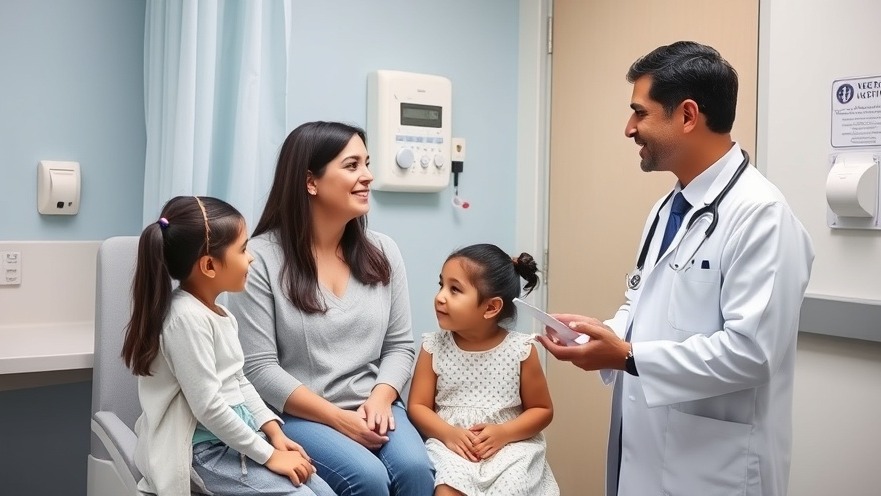
The Importance of Medical Respite Care in Today's Health Landscape
Imagine being discharged from the hospital with nowhere to recover. For many experiencing homelessness, this scenario is a painful reality. Medical respite (MR) services have emerged as essential support mechanisms during the health care crisis, connecting hospital discharge with essential recovery services. These programs offer a safe space where individuals receive medical care, case management, and warm meals as they begin to rebuild their lives.
Improving Health and Housing Outcomes Through Respite Care
Research consistently shows that medical respite care enhances housing stability and clinical outcomes for homeless individuals. For instance, patients participating in MR programs in Boston who received care post-discharge demonstrated significantly improved follow-up appointments and fewer readmissions compared to those who left without such support. Similar successes have been reported in Florida and Connecticut, where respite care led to reduced emergency room visits and hospital stays. This not only affirms the value of MR programs but highlights their potential role as a fundamental component of healthcare for vulnerable populations.
Financial Sustainability: Medical Respite as an Investment
In addition to improving health, medical respite programs are financially viable. Statistics reveal that MR initiatives yield an impressive return on investment—$1.81 saved for every dollar spent. This financial efficiency stems from decreased uncompensated care and lower rates of preventable readmissions, optimizing hospital resources. Particularly in states that expanded Medicaid, these savings facilitate better allocation of healthcare resources, easing pressures on overcrowded ERs and limited hospital beds.
Policy Changes Paving the Way for Wider Adoption
The road to sustainable medical respite care has been paved with unpredictable funding from various sources, including hospitals and government subsidies. However, significant policy shifts are underway. For instance, in January 2024, New York became the last state to receive clearance from the Centers for Medicare & Medicaid Services (CMS) to cover medical respite under a Section 1115 waiver. This move capitalizes on the momentum generated by states like California and Massachusetts that are incorporating respite services into broader Medicaid frameworks. Notably, North Carolina has already included respite care in its Healthy Opportunities Pilots program.
The Role of Medicaid Recognition as a Catalyst for Change
The recognition of Medicaid’s potential to support medical respite care represents a transformative opportunity. As more states secure funding and standardize care models, the prospects for expansion appear bright. However, there remains a paradox: despite the movement toward enhanced Medicaid funding for respite care, challenges persist at the federal level, raising questions about long-term sustainability and support.
The Future of Medical Respite Care
Ultimately, as the landscape of healthcare continues to evolve, the integration of medical respite services becomes increasingly crucial. By bridging the gap between hospital discharge and long-term recovery, these programs not only support individual health but also cultivate broader community wellness. As suburban professionals seeking insights into health and wellness, understanding the importance of programs like medical respite can enhance community engagement and drive advocacy for systemic changes.
Stay informed about these impactful trends in healthcare and consider how you can contribute to spreading awareness about the importance of medical respite care in fostering community recovery.
 Add Row
Add Row  Add
Add 




Write A Comment